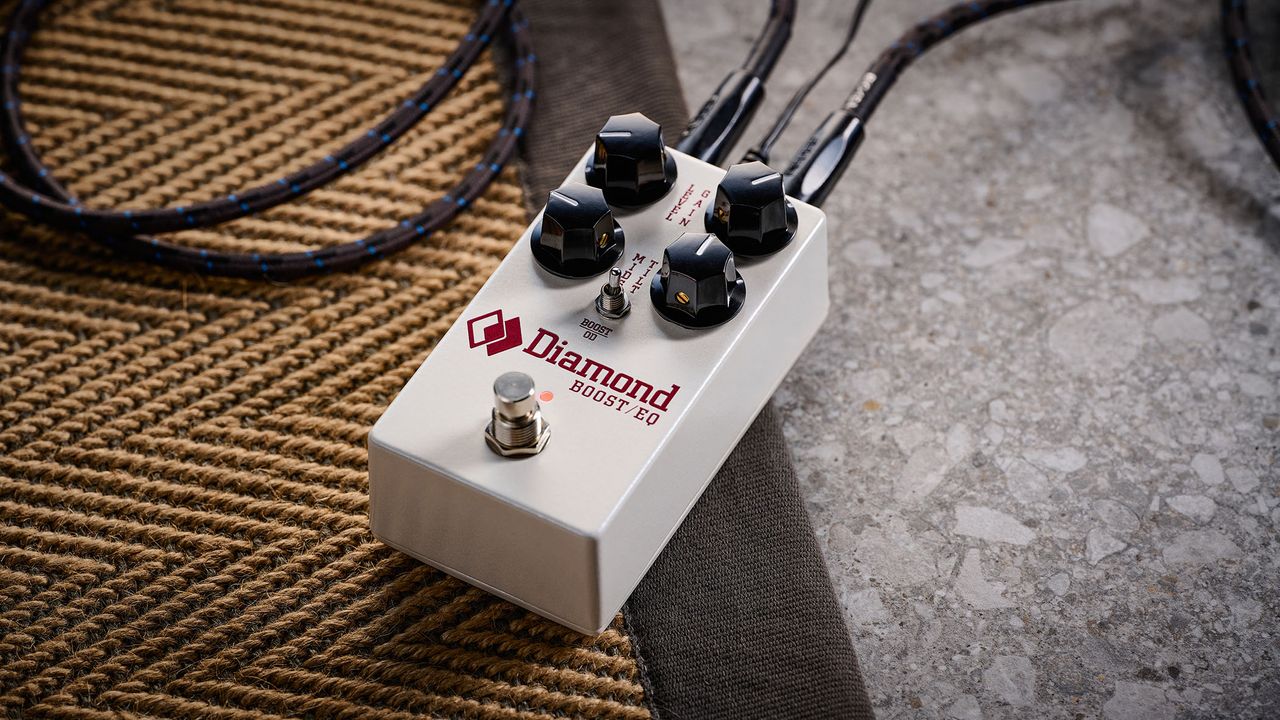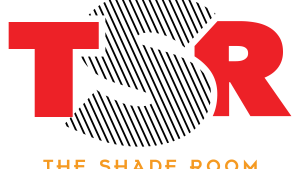
“A supreme utility pedal”: Diamond Boost/EQ review
Guitar World Verdict
The Diamond Boost/EQ is a supreme utility pedal capable of a host of practical applications in any signal chain.
Pros
+Compact size.
+Boost and EQ in one pedal.
+Easy-to-use two-knob EQ section.
+OD switch for extra grit.
Cons
-Gain can be a little fizzy when turned up full.
You can trust Guitar World
Our expert reviewers spend hours testing and comparing guitar products so you can choose the best for you. Find out more about how we test.
What is it?Based in Canada, the original Diamond Pedals company launched in 2004 and is probably best known for its Memory Lane delay pedal.
It closed down during the pandemic but is now back, having been revived by Greg Djerrahian of SolidGoldFX in 2023, and initially relaunching with five new pedals that built on the brand’s original designs. The latest edition to the roster is the Boost/EQ, which revamps an older version of the pedal from circa 2007.
Two toggle-switched modes of operation are on offer here. You can use the pedal as a straight boost or you can flip the switch down to bring some soft clipping diodes into the equation for more driven tones.
Specs
(Image credit: Future/Matt Lincoln)PRICE: $209/£215ORIGIN: CanadaTYPE: Boost and EQ pedal FEATURES: True Bypass, soft-touch relay switchingCONTROLS: Level, Gain Mids, Tilt, Boost/OD switch, bypass footswitchCONNECTIONS: Standard input, standard outputPOWER: 9V-18V DC adaptor (not supplied) 18mADIMENSIONS: 67 (w) x 122 (d) x 58mm (h) CONTACT: Diamond PedalsUsability and sounds
(Image credit: Future/Matt Lincoln)Two knobs adjust the EQ, both with neutral central notched detent positions. One knob is a tilt EQ that basically works like a seesaw, tipping to the right to raise high-end while cutting the low-end, or to the left for the opposite effect.
The pivot point for this is the midrange frequency of 800Hz. Working at the same 800Hz frequency point, the other knob cuts or boosts the midrange by up to 10dB.
This two-knob array works really well as a simple system to quickly zero in your tone, with the Tilt taking you straight to your treble/bass balance and the Mid either scooping out some body or pushing through a mid-hump for more punch in the mix.
(Image credit: Future/Matt Lincoln)It’s a flexible facility that can encompass subtle enhancement and more radical shifts whether you’re coaxing an amp into a preferred tonal zone, giving a drive pedal a different voicing, or dialling in a specifically targeted boost for solos.
Get The Pick Newsletter
All the latest guitar news, interviews, lessons, reviews, deals and more, direct to your inbox!
In Boost mode, using the Level and Gain knobs together can deliver a massive amount of clean boost. There’s 20dB available, which should easily cover all contingencies. In OD mode, the Gain knob turns up the drive.
At zero, there’s unity gain on the Level knob at about 11 o’clock, but with both Level and Gain a little higher you’ll find ‘clean boost with hair’ that, combined with a little top-end Tilt, could be a useful always-on signal sweetener.
Further travel on the Gain knob delivers some practical low-to-medium drive tones that can be voiced to taste with the EQ.
VerdictVerdict: ★★★★½
(Image credit: Future/Matt Lincoln)Guitar World verdict: The Diamond Boost/EQ is a supreme utility pedal capable of a host of practical applications in any signal chain.
Hands-on videosThe Pedal Zone
Diamond Boost/EQ Demo – YouTube
Watch On
Pedalboard of the Day
Diamond Pedals Boost/EQ – Clean Boost and Overdrive – YouTube
Watch On
Mike Hermans
Diamond Pedals Boost/Eq – YouTube
Watch On
Best boost pedals 2025: including the best clean boost pedals for guitarThis article first appeared in Guitarist. Subscribe and save.
Trevor Curwen has played guitar for several decades – he’s also mimed it on the UK’s Top of the Pops. Much of his working life, though, has been spent behind the mixing desk, during which time he has built up a solid collection of the guitars, amps and pedals needed to cover just about any studio session. He writes pedal reviews for Guitarist and has contributed to Total Guitar, MusicRadar and Future Music among others.
You must confirm your public display name before commenting
Please logout and then login again, you will then be prompted to enter your display name.











